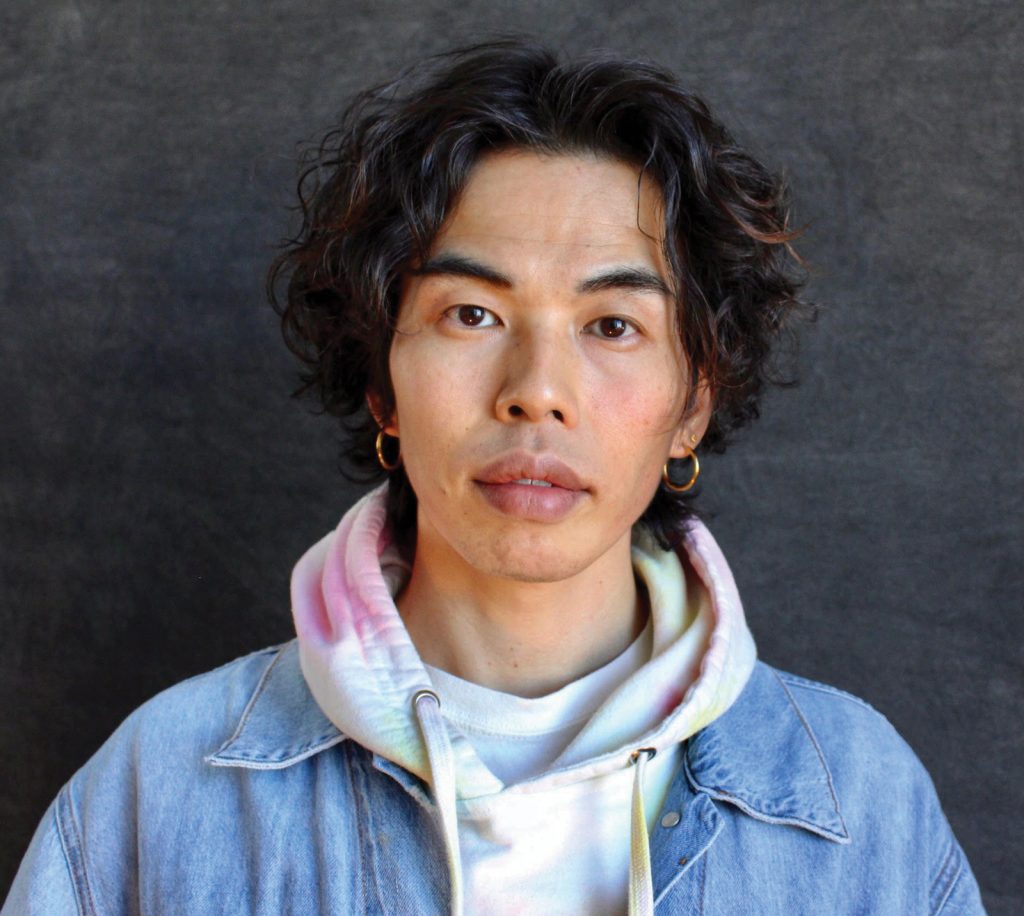If you’ve listened to at least a few dharma talks, you know this to be true: teachers love quotes—a saying from their teacher, or their teacher’s teacher, or the Buddha himself. Or a few lines of poetry. Rainer Maria Rilke, Mary Oliver, and Rumi are especially popular.
So I had to ask Kei Tsuruharatani, 37, a dancer, meditation teacher, and Broadway performer: what’s a good musical theater quote that applies to meditation practice?
“The moment I jumped off of it was the moment I touched down,” says Tsuruharatani, quoting an Alanis Morissette lyric from Jagged Little Pill. “That really captures it all.”
Tsuruharatani (who uses the pronouns she/they) was in the show’s original cast, performing in the chorus from 2019 through 2021. She has more than a decade of experience performing in New York City, previously in Miss Saigon and The King and I, and has taught dance and movement classes for many years. When an opportunity to train as a meditation teacher arose in 2015, Tsuruharatani thought it made sense to add on to her experience guiding others.
Tsuruharatani received her 300-hour teacher certification from MNDFL in 2016 and in 2020 became a Mindfulness-Based Stress Reduction (MBSR) teacher at the Mindfulness Center at Brown University. She currently teaches mindfulness meditation to performers with The Actors Fund, a nonprofit dedicated to fostering well-being in the performing arts and entertainment community, and also leads a meditation group for trans nonbinary people.
When working with artists, Tsuruharatani says it’s more about taking things out, not adding things in.
“Artists tend to hold on to a sense of self. I tend to think, ‘This is my creativity or this is my style.’” Tsuruharatani often finds “the sense of self hindering infinite possibilities in art,” and offers anchoring practices (such as hearing, sensation of the palm, sensation of the whole body), body scans, and meditations on the four immeasurables (brahma-viharas) of loving-kindness, compassion, sympathetic joy, and equanimity. “My take is that both mindfulness and brahma-vihara practice offer safety and understanding,” Tsuruharatani said. “I was taught to practice both interchangeably and simultaneously. But the most important part of starting the practice of not-identifying, or detaching from self, is a sense of safety.” That’s why she offers a very gentle, slow approach with many options.
“I practice for liberation. And that’s crucial for me as a transgender person.”
Tsuruharatani was born in Osaka, Japan, and first came to the United States in 2001, spending a year in Indiana as a high school exchange student. One childhood friend had grown up in a temple, but practicing Buddhism came later for Tsuruharatani, and from Western sources like podcasts and meditation apps. Tsuruharatani’s sangha is Vipassana Hawaii, and in 2018 she was temporarily ordained during a three-week retreat in Burma.
Though Tsuruharatani is quick to say that she teaches “nothing special” or new, she’s aware of her important “social location” as a trans femme person, a person of color practicing in predominately white groups, and an immigrant.
“This is a practice of cultivating connection to everything,” Tsuruharatani says. “I take that to heart, and so how I practice diverges from a lot of more popular practices, like concentration geared toward calm and bliss. They’re completely fine; I want these too. But I practice for liberation. And that’s crucial for me as a transgender person, because people are trying to kill us and erase us. That momentary calmness doesn’t cut it.”
Thank you for subscribing to Tricycle! As a nonprofit, we depend on readers like you to keep Buddhist teachings and practices widely available.
